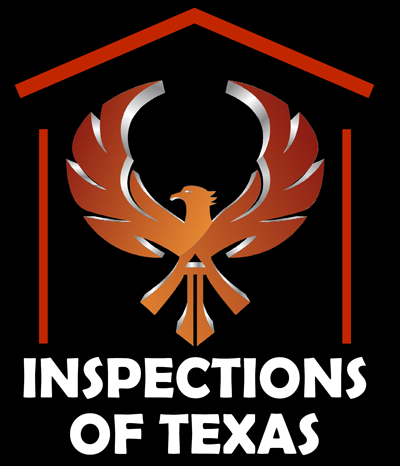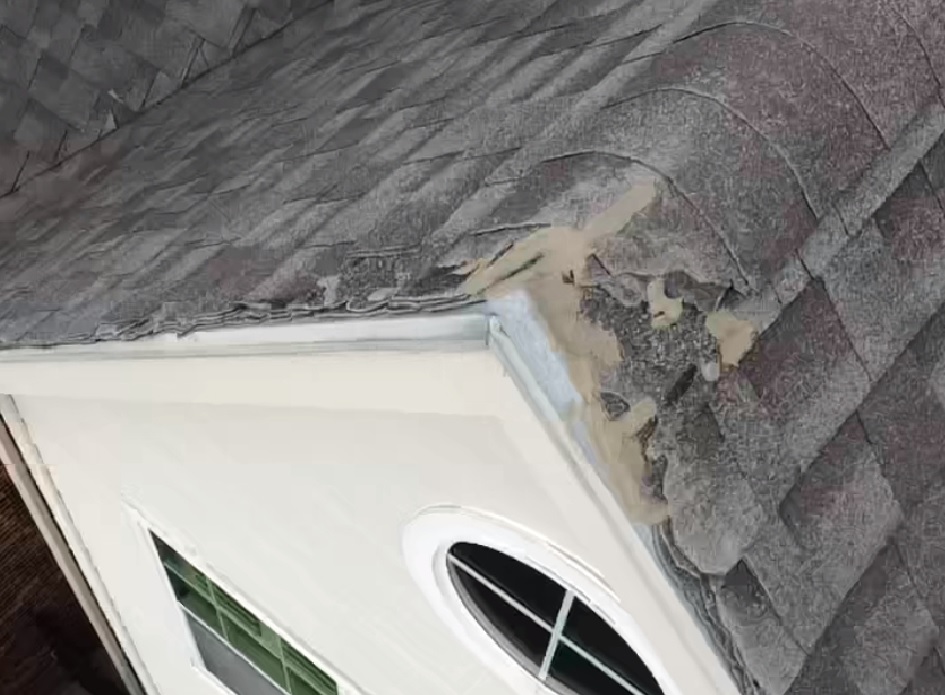Your roof is the first line of defense against weather. Low-sloped roofs are meant to be water proof. All other roofs need to shed water. When it no longer sheds the water, it forms a leak that can start with a single drop and become a stream inside your home. The best defense against expensive repairs is to be proactive and stop problems before they start. This is where the details of an inspection can be helpful to you. Home inspections include the covering and the structure of the roof.
The Span of Experience
A normal roof is covered with 3-tab shingles. It lasts about 15 years, although some materials can last longer. Since replacing a roof is a major expense that affects the home’s market value, you need to know what to expect. Most inspectors will not tell you an amount of life left for a roof, but there are indicators of its general age and condition. Even though a roof may not be leaking at the time of inspection, the insurance company may require it to be replaced if the roof appears to be near the end of its life expectancy.
Method Matters
Because roofs are so important, the preferred method for inspecting them is to climb to the roof and walk it. This gives the inspector the best view. However, weather events, roof condition, height and steepness are part of the inspector’s decision on whether or not the roof is safe. If the roof is too slippery, too steep, or a second story, it shouldn’t be walked. The standard practice is to use binoculars to observe the roof from the ground which works well, but does have limitations. Sometimes parts of a lower roof can be walked which gives much better sight to the upper roof. A drone with a camera can be used for areas that are otherwise inaccessible. Because of its position above the roof, the pictures give reliable information. When possible, the most accurate view is still “boots on the roof.”
Uncovering Defects
A number of vents and other items pierce through the roof surface, or “covering.” Each penetration of the roof’s surface creates a weak spot. Vents for the plumbing system, gas appliances, attic ventilation, skylights, and chimneys are common problem areas. Areas where different angles or second story structures, such as dormer windows, join can be problematic too. These are areas that inspectors check carefully. Proper flashing and sealant keep the water away from the penetration and out of the home. If the flashing is missing or damaged or the sealant has deteriorated, rain can enter and cause havoc on the structure.
Damaged or lifted shingles also can allow water intrusion. Overhanging trees can cause premature wear by rubbing the covering and dropping debris on it. Debris left behind by workers, such as roofing nails, can “burn” into the covering because of the hot Texas sun. Leaves and pine needles can cause water to back up in gutters or valleys which allows water underneath the shingles. From there, the moisture seeps through the sheathing and causes damage.
Inside Out
Inspectors also inspect the structure of the roof from the attic. They inspect for broken or sagging rafters, supports, and sheathing. They pay special attention to the underside of all accessible penetrations, looking for signs of leaks. Additionally inspectors evaluate the ventilation of the attic. If the attic is not properly ventilated, the scorching heat and humidity can cause premature deterioration.
Signed and Sealed
Armed with the inspection report, you can decide what is best for your situation. If there are a number of issues, it is wise to have a certified roofer write a bid for repairs or for a new roof. This additional information will give you the ability to negotiate the sale price in most cases, although sellers are not required to do repairs. Remember, all houses have defects and can be fixed. An inspection helps you know what repairs need to be made. Then you can sign the dotted line with confidence!

